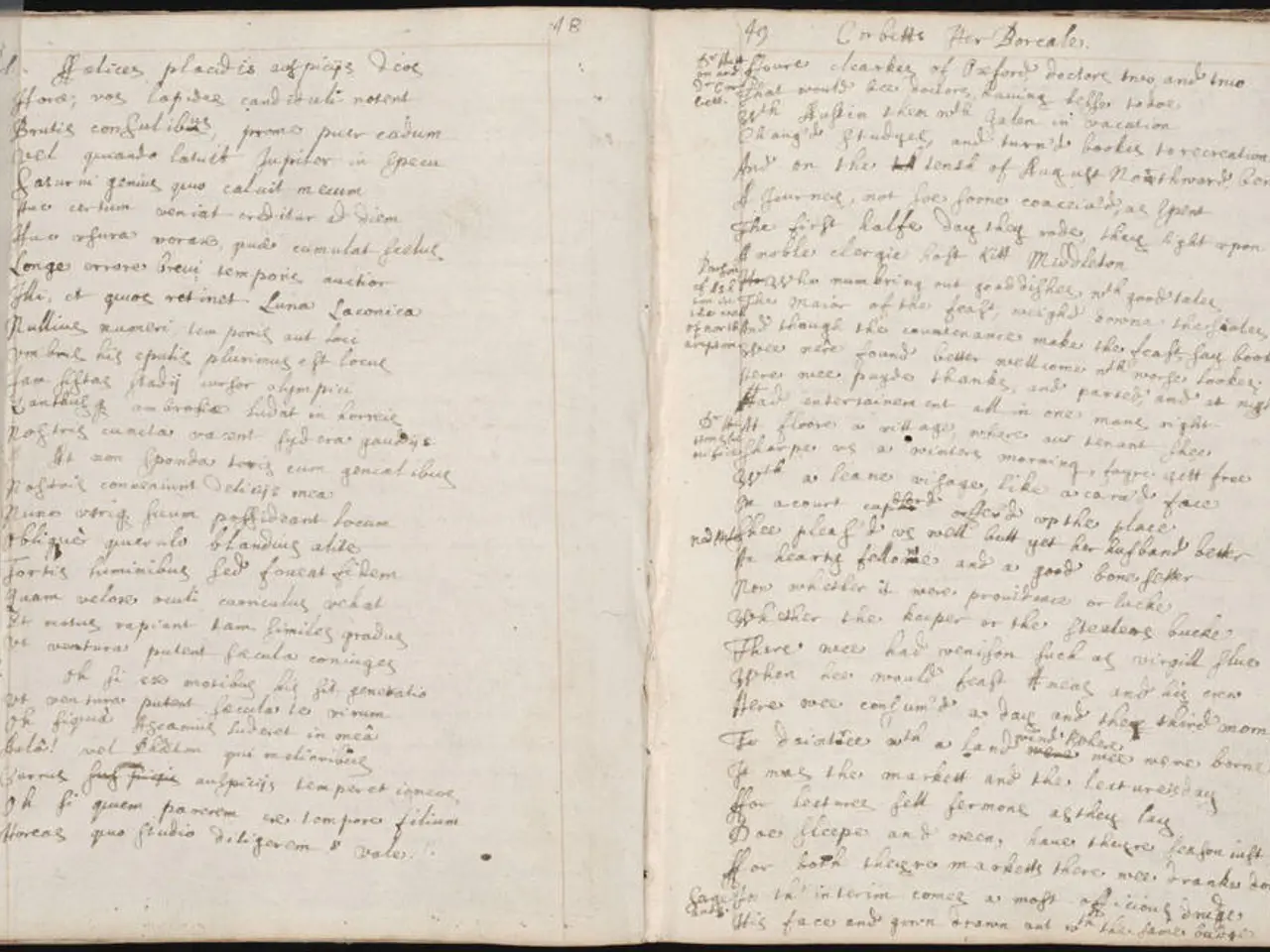Exploring Subtleties: English Language Discourses on Culture
In an increasingly interconnected world, the ability to express cultural nuances in English writing is more important than ever. This task requires a blend of linguistic skill, cultural understanding, and empathy, as we strive to bridge gaps between diverse populations and foster understanding and empathy.
When writing about culture, it's essential to build a robust vocabulary and context. Start by identifying unique concepts that do not have direct English equivalents, such as the Greek concept "philoxenia" (extreme hospitality). Explain these concepts through anecdotes or scenarios to make them relatable to the English-speaking audience. Employ metaphors or stories to bridge the gap between the original cultural context and the reader. Develop a broad vocabulary to capture the subtleties of cultural traits, ensuring your descriptions feel authentic and nuanced.
Employing respectful and sensitive language is also crucial. Recognize that expressions of cultural pride may be perceived differently depending on the audience. For example, discussing Indigenous cultures requires attention to historical trauma and ongoing struggles for recognition. Avoid stereotypes and clichés, focusing on the lived experiences and values of the people within the culture, not just the rituals or customs. Be aware of power dynamics and cultural hierarchies, and use language that invites dialogue rather than judgment.
Deepening research and practice authentic description is another key strategy. Whenever possible, interact directly with members of the culture—through interviews, observation, or participation in rituals. This firsthand experience enriches your perspective and lends authenticity to your writing. Use vivid imagery and sensory language to bring cultural rituals or traditions to life, helping readers feel the atmosphere and significance of the event. When using culturally specific terms, offer brief explanations or a glossary to ensure comprehension without diluting the meaning.
Highlighting shared human experiences can help foster a sense of global unity among readers. Identify and stress the values and emotions that transcend cultural boundaries, such as family, community, and respect for nature. For example, framing a tradition as "honoring the harmony between nature and people" can resonate across cultures. Acknowledge the impact of globalized media and the spread of English on cultural identities and practices, noting how local traditions may adapt or evolve in response to global influences. Understand how phrases in English may carry different cultural weights, such as "save face" having a profound meaning in East Asian cultures compared to its use in the West.
Structured approaches for clarity can help writers navigate the complexities of writing about culture effectively. For instance, when writing about Indigenous cultures, it's important to approach with respect for historical context and identity. When writing about Asian cultures, it's crucial to explain customs and highlight diversity. When writing about Middle-Eastern cultures, it's essential to acknowledge diversity and clarify misconceptions with anecdotes.
In conclusion, effectively expressing cultural nuances in English writing involves a deep respect for each culture’s history and present realities, a willingness to research and engage authentically, and the creative use of language to bridge gaps in understanding. By prioritizing sensitivity, authenticity, and shared human connection, writers can honor the complexities of diverse cultures while making them accessible to a global audience.
A well-rounded writer should enrich their vocabulary with nuanced terms from various fields, such as fashion-and-beauty's 'haute couture' or lifestyle's 'hygge', to create a rich and immersive cultural narrative. In the world of books, it's valuable to incorporate 'magical realism' or 'the doppelganger' motifs to explore different cultural phenomena and fantastical traditions, making them relatable across entertainment boundaries.







